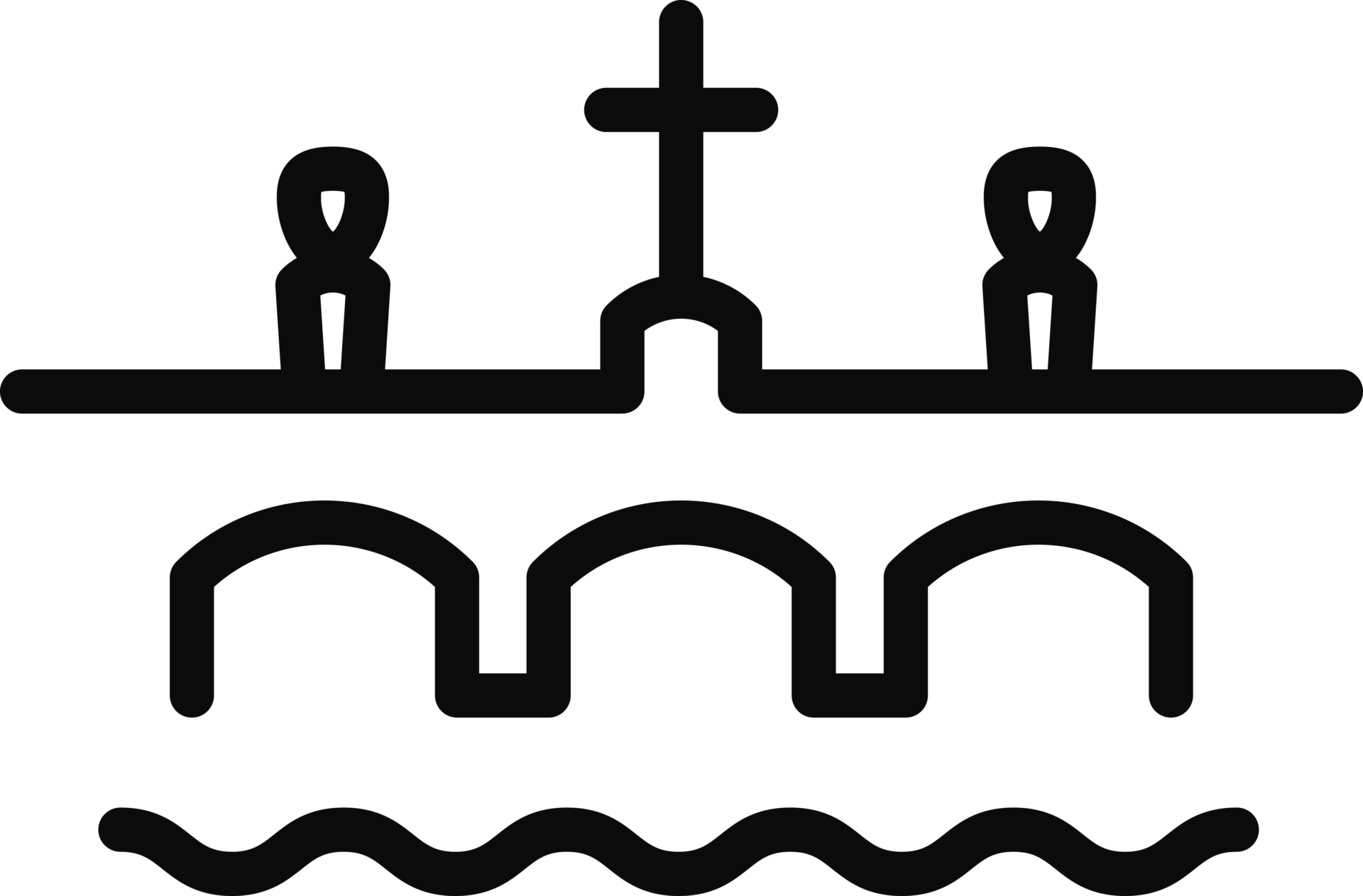Wenceslas Square
Wenceslas Square
The rectangular boulevard of Wenceslas Square is 750m long and 60m wide and spreading out over an area of 45,000 square meters. In 1348, Bohemian King Charles IV founded the New Town of Prague. This Gothic town included three main market places, the second largest, of which, was the Horse Market. Since the end of the 19th century, it has been named in honor of the important Czech patron saint – Wenceslas Square.
Important Historical Events
Over the years the square has been a regular parade ground for all kinds of organizations, political parties and historical events. For example in 1918, Alois Jirásek read the proclamation of independence of Czechoslovakia in front of the Saint Wenceslas statue which is situated on the top of the square. During the Second World War the Nazis used the square for mass demonstrations. During the Prague Uprising in 1945, a few buildings near the National Museum were destroyed. Some of them were later replaced by department stores. Another unforgettable historical event took place here on January 16, 1969, when the student Jan Palach burnt himself to death in protest of the invasion of Czechoslovakia by the Soviet arned forces in 1968. The commemorative plaque dedicated to the memory of Jan Palach has been placed in front of the statue of St. Wenceslas. On March 28, 1969, the Czechoslovakian national ice hockey team defeated the hateful USSR team for the second time in that year’s Ice Hockey World Championships. As the country was still under Soviet rule, the victory involved big celebrations. About 150,000 people gathered on the Wenceslas Square, and clashed with police. A group of agents provocateurs instigated an aggressive attack on the Prague office of the Soviet airline Aeroflot. The resultant vandalism was used as an excuse by the authorities for reprisals and the period of the so-called normalization.
Equestrian Statue Of St Wenceslas
The top of Wenceslas Square is adorned with the equestrian statue of St Wenceslas. This is the favorite Prince Wenceslas, or Václav in Czech, who was murdered in 929 by his brother. He was later canonized and became one of the most important Czech patron saints. The sculptor of the this monumental statue is the outstanding Josef Václav Myslbek.
Beautiful Buildings
Many buildings in Wenceslas Square are worth seeing. For example you should not miss the neo-Classicist Jalta Hotel or the extraordinary Grand Hotel Evropa which was built in 1906 in the beautiful Art Noveau style. This hotel is situated on the right hand side when you walk down from the top of the square.
If you want to stay near by the Wenceslas Square, book one our cosy apartments!



